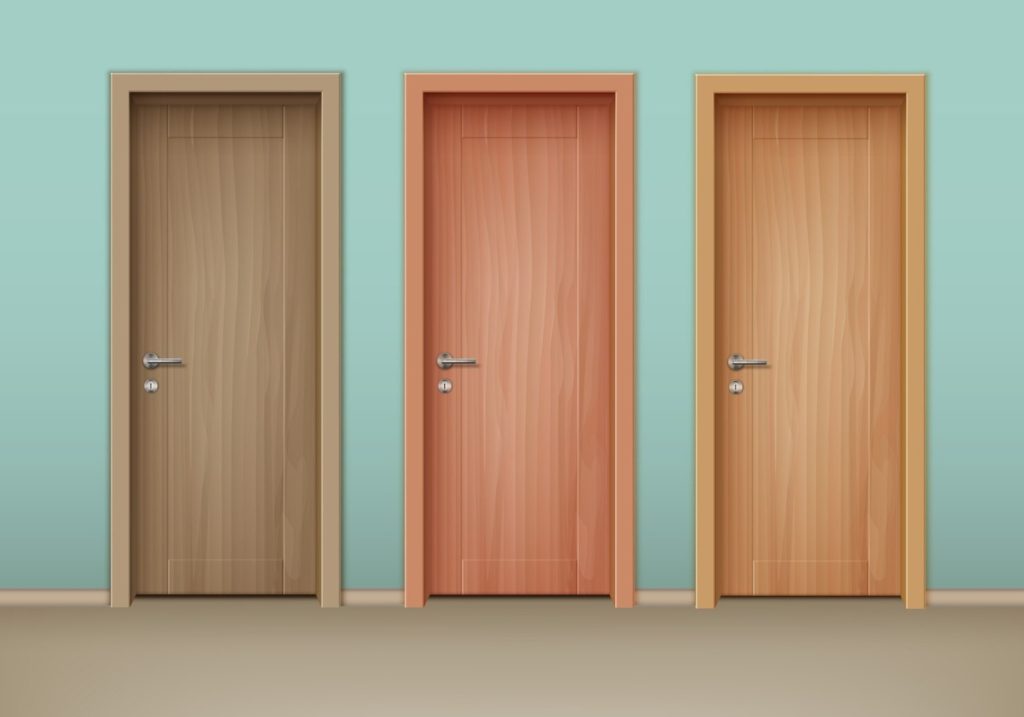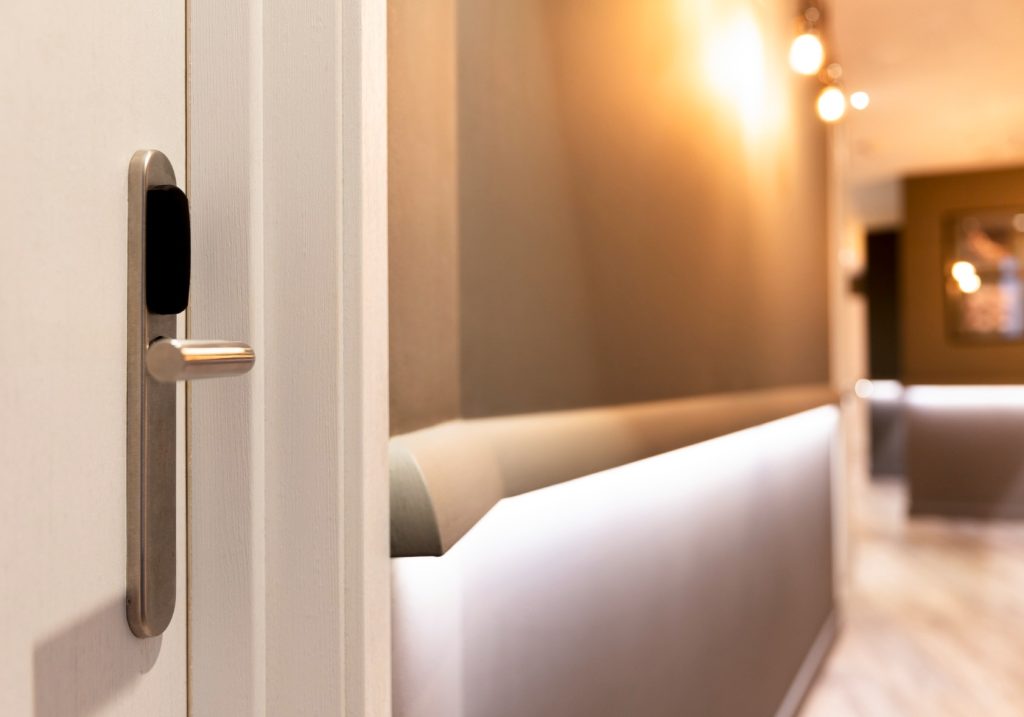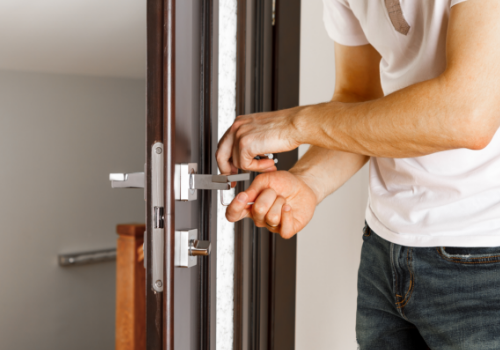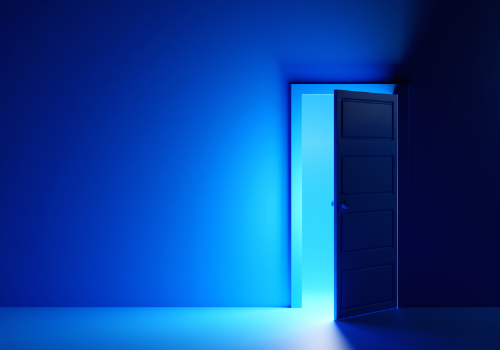Choosing the Right Door Closer for Your Building: A Detailed Guide

Selecting the appropriate door closer for your building is essential for ensuring smooth operation, safety, and energy efficiency. With numerous options available, understanding the key factors to consider can help you make an informed decision. This guide provides a detailed overview of the essential aspects to consider when choosing the right door closer for your […]
A Comprehensive Guide To Advanced Door Closers

In modern building design, door closers are an essential component for ensuring the smooth and controlled closing of doors. Advanced door closers have come a long way from their basic mechanical predecessors, now offering a variety of features that enhance functionality, safety, and convenience. This comprehensive guide will delve into the types, benefits, and considerations […]
The Evolution of Smart Door Closer Solutions

As technology continues to advance at a rapid pace, smart door closer solutions are transforming the way we interact with our built environments. From enhanced safety features to seamless integration with building automation systems, smart door closers represent the future of door management. This article explores the evolution of smart door closer solutions and how […]
Behind Closed Doors: Exploring the Latest in Door Closer Technology

Behind Closed Doors: Exploring the Latest in Door Closer Technology The world of door closer technology is constantly evolving, driven by the need for enhanced security, convenience, and energy efficiency in modern buildings. This article takes an in-depth look at the latest advancements in door closer technology, highlighting how these innovations are transforming the way […]
